09 Extrinsic Hemolysis
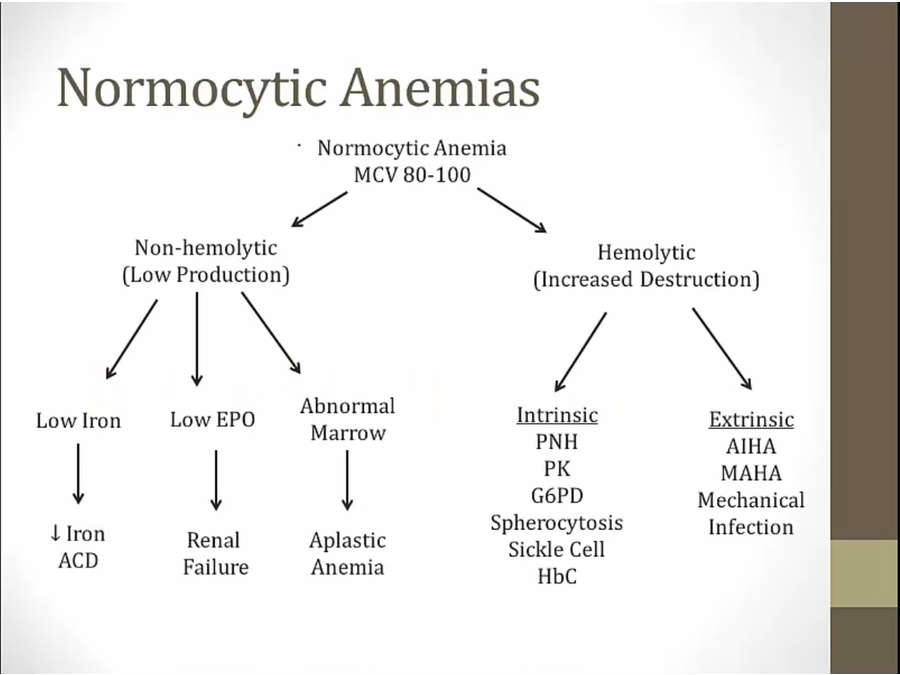
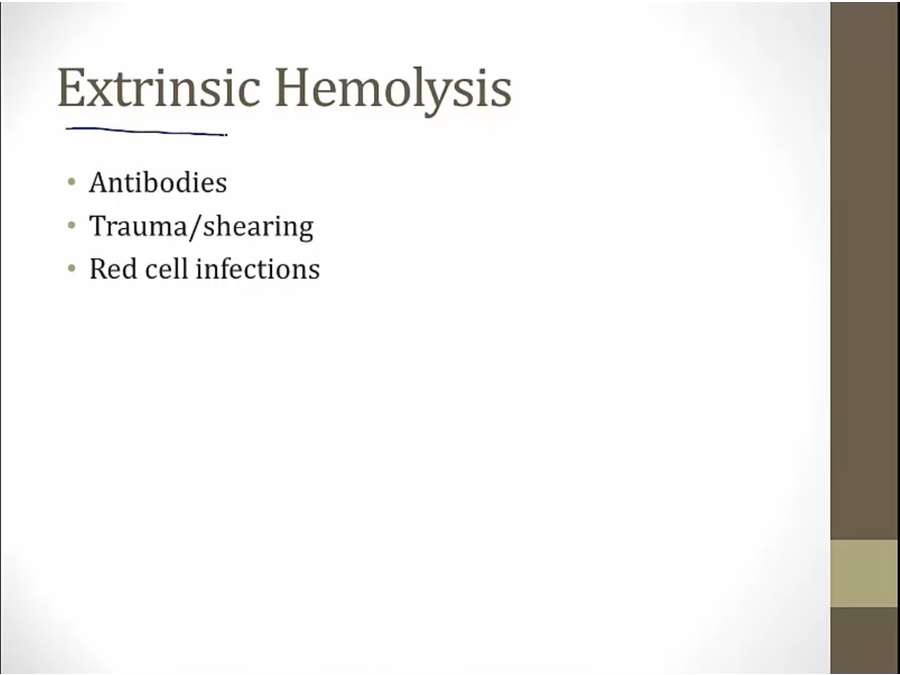
AIHA

- antibodies coat RBC. RBC removed in spleen
- RBC protect themselves from complement activation: no intravascular hemolysis
Warm
Pathogenesis and Symptoms
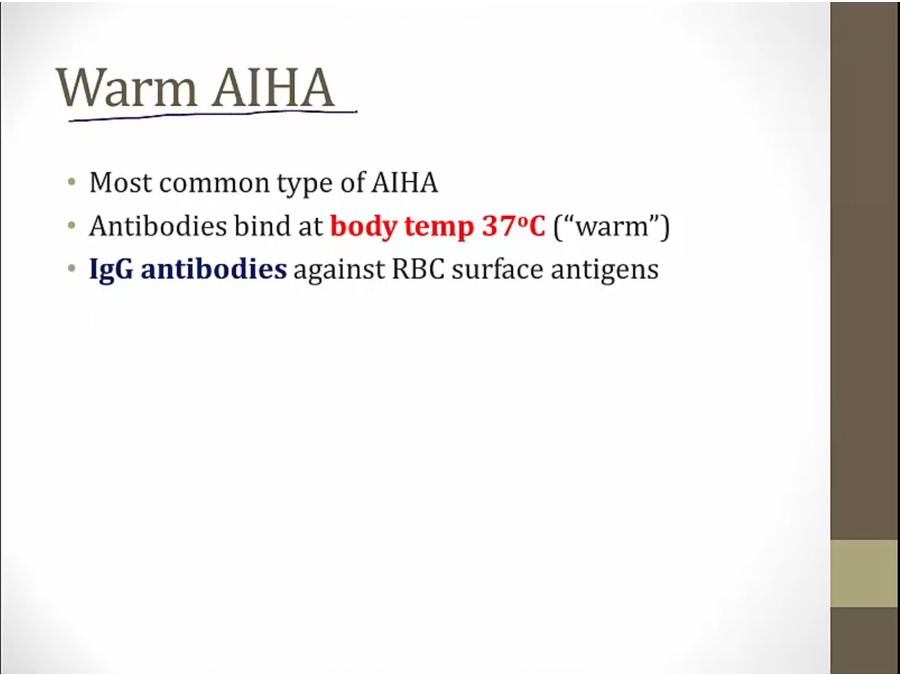

- classic symptoms of anemia
- splenomegaly: macrophages hypertrophy to consume RBCs
Diagnosis
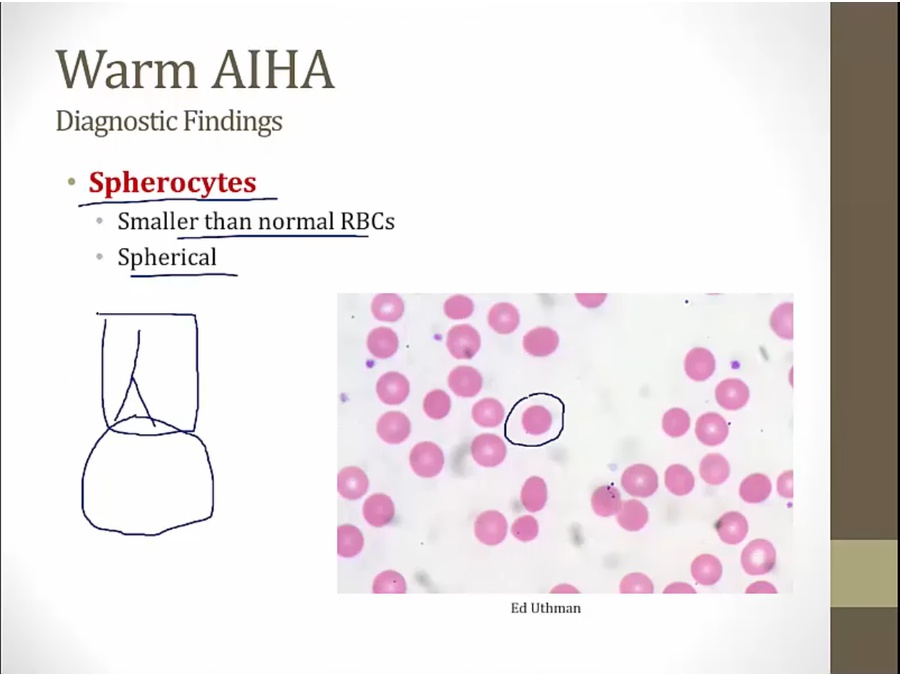
- smaller, spherical, lack central pallor
- macrophage can't engulf whole RBC, just takes a bite off of it: shrink in size, more dense
- also inherited disease
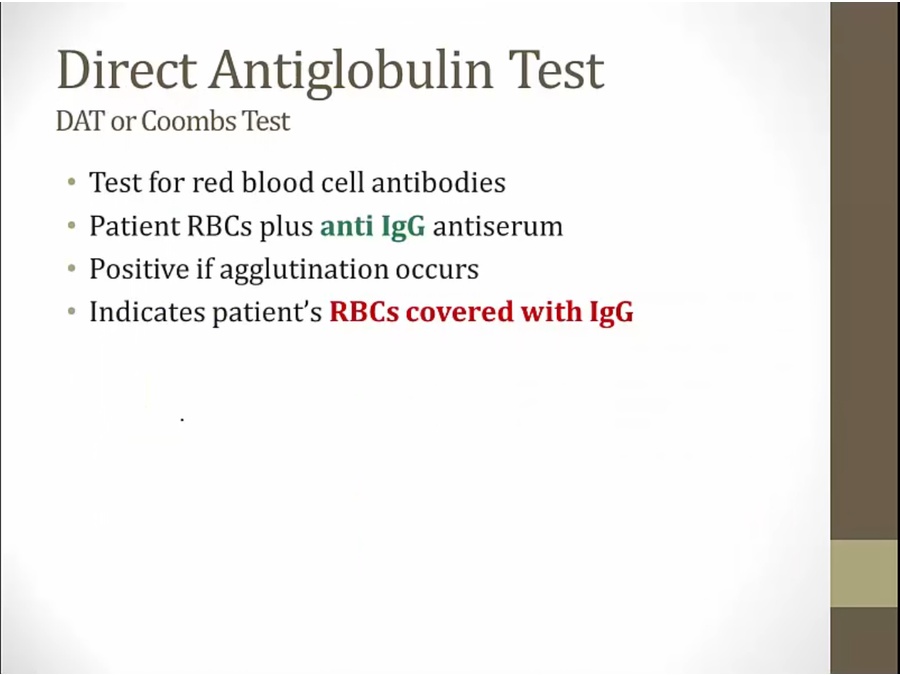
- first see if normocytic anemia, then if RC is increased (increased production), then DAT
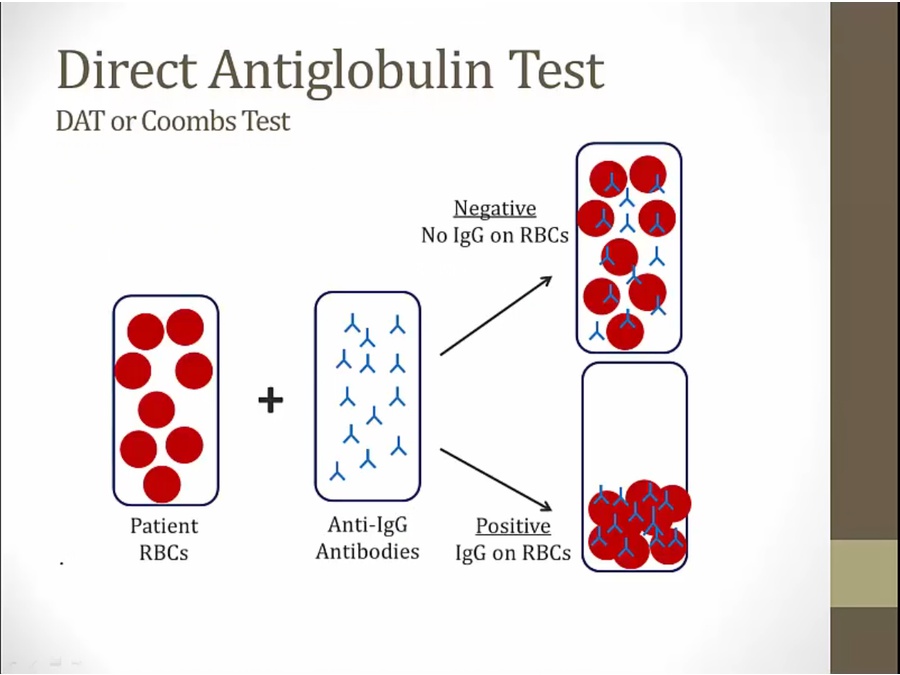
- anti IgG antibodies bind to IgG on RBC and cause them to agglutinate
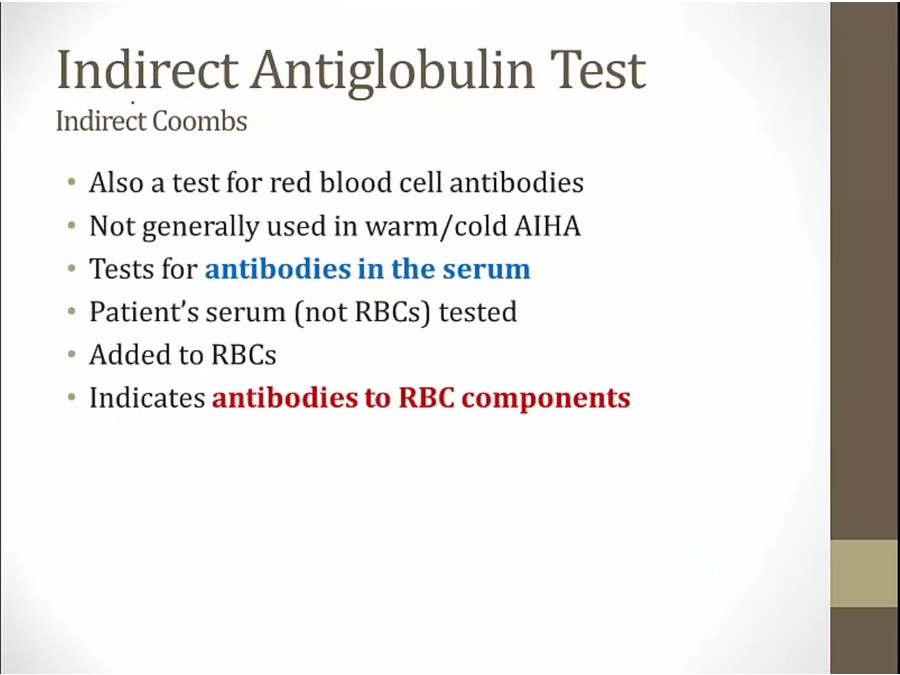
- not used for AIHA
- take patient serum and add sample RBC. Positive if antibodies in patient serum to RBC
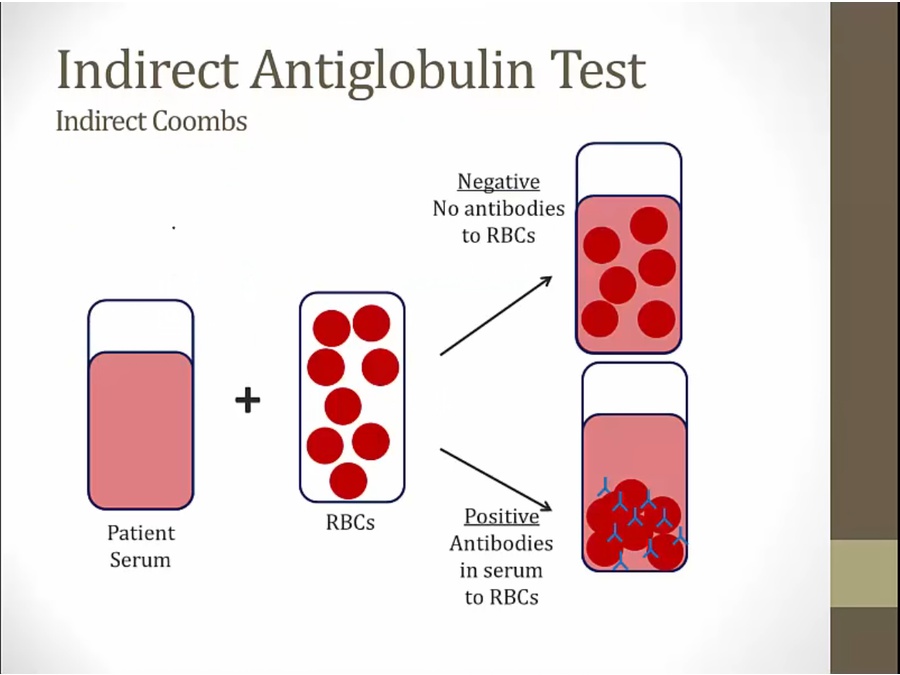
- used for new born hemolytic disease with mother serum against D+ RBC
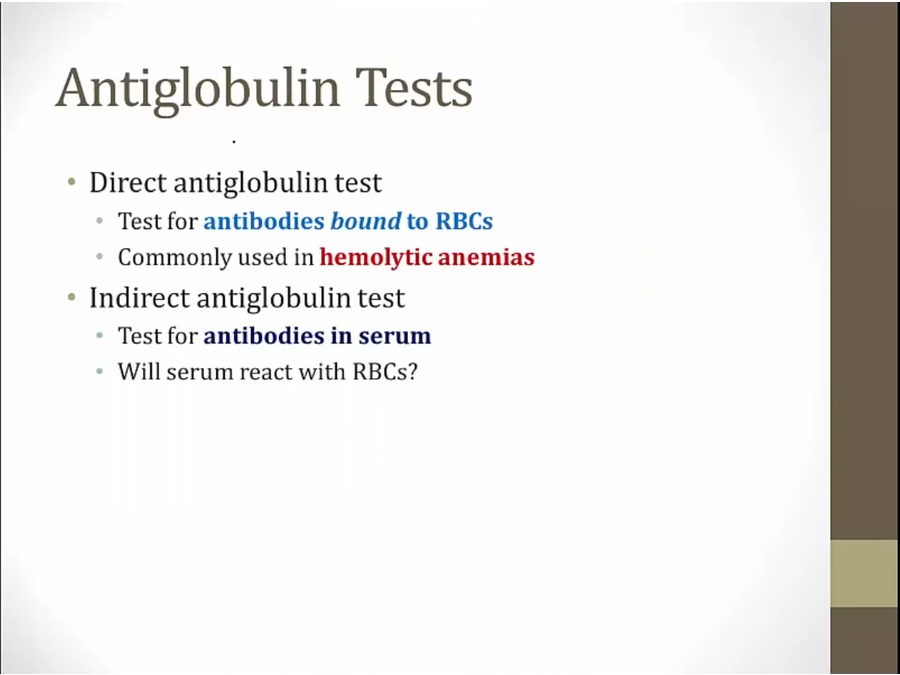
Causes
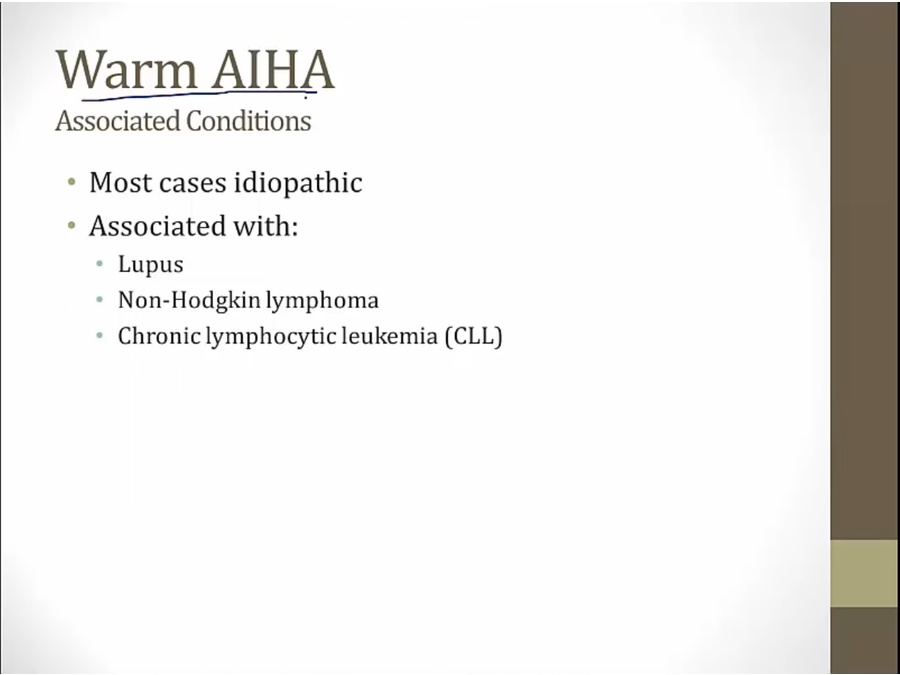
- all these diseases involve immune system
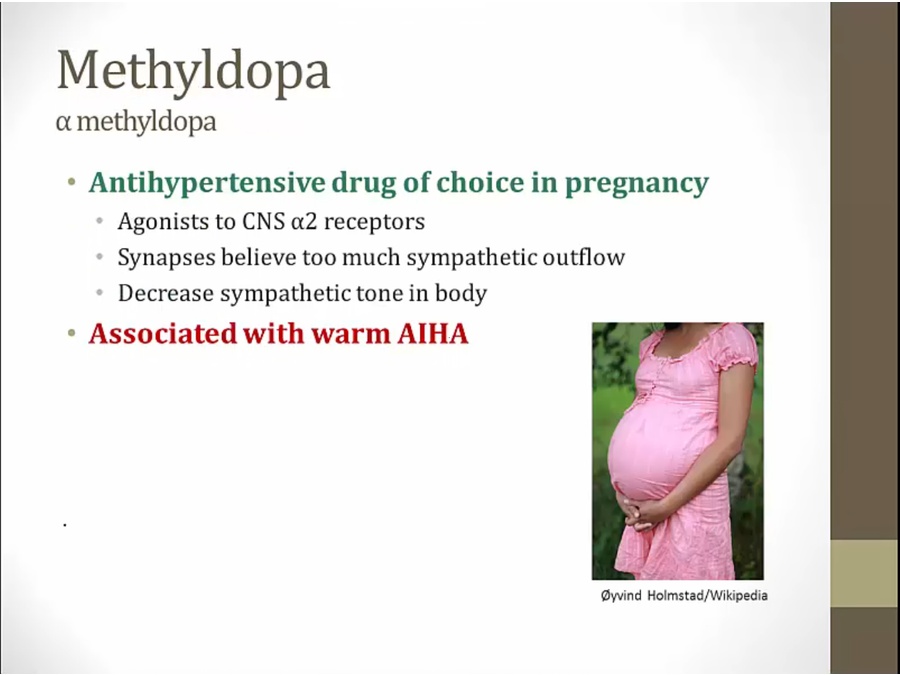

- RBC bind antibody in absence of drug: surface of RBC altered
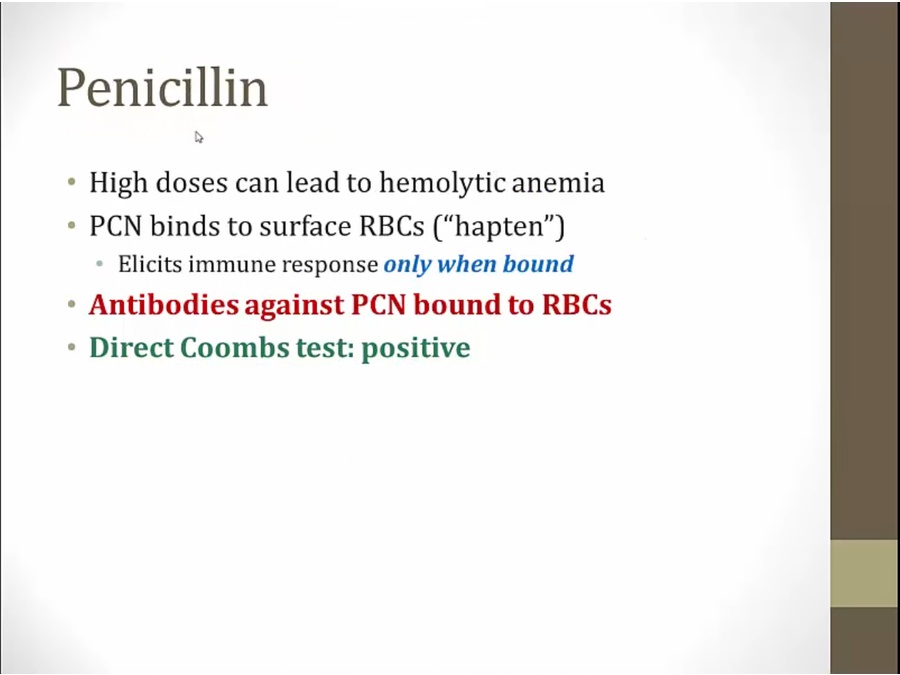
Treatment
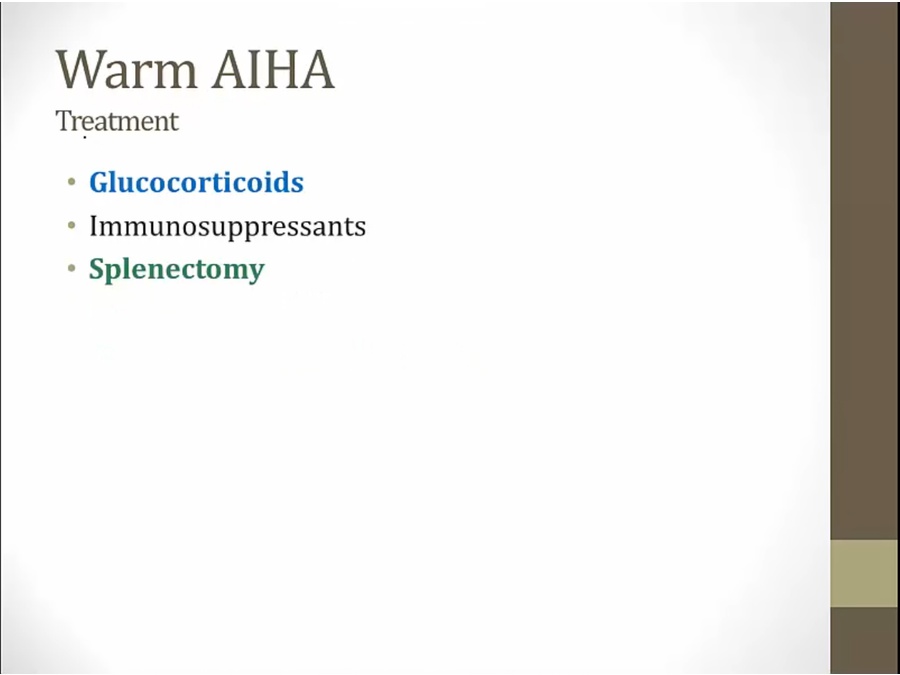
Cold
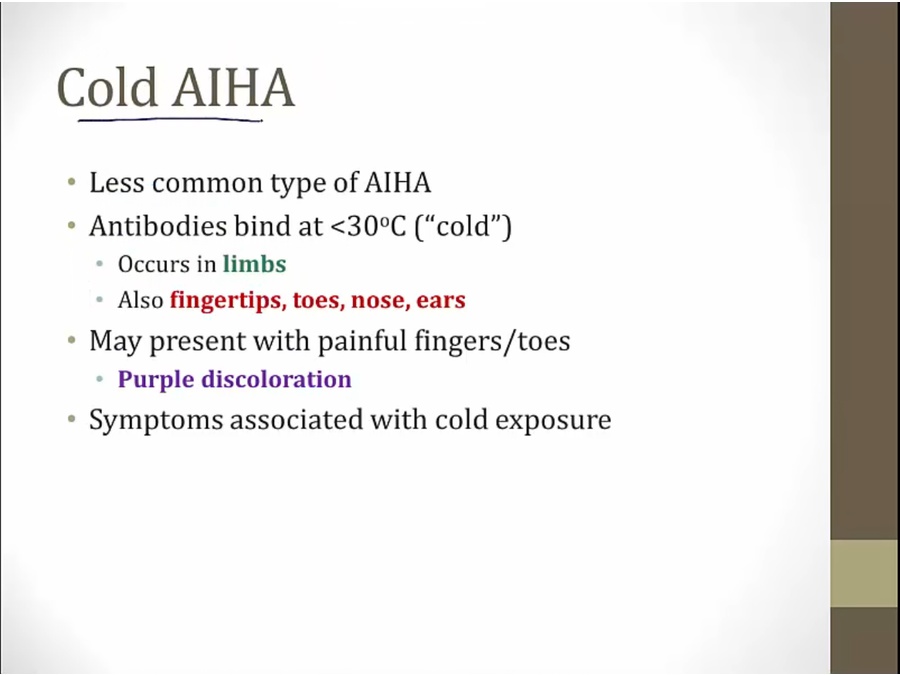
- symptoms of anemia plus symptoms in extremities
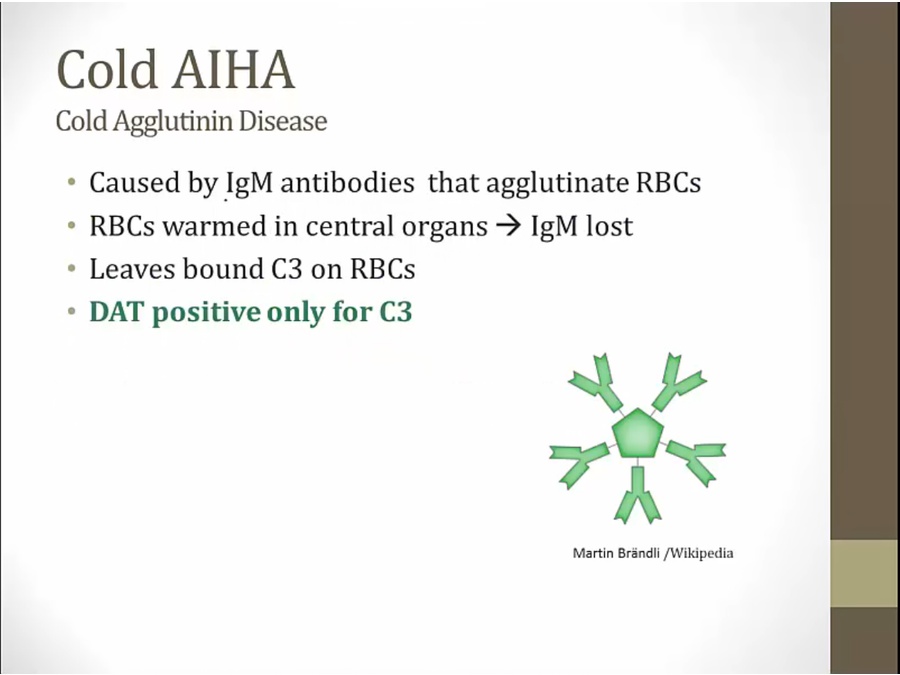
- large antibodies, cause RBC to agglutinate, especially in extremities
- IgM fix complement, leaves bound C3 on RBC
- DAT positive not for IgG but only for C3
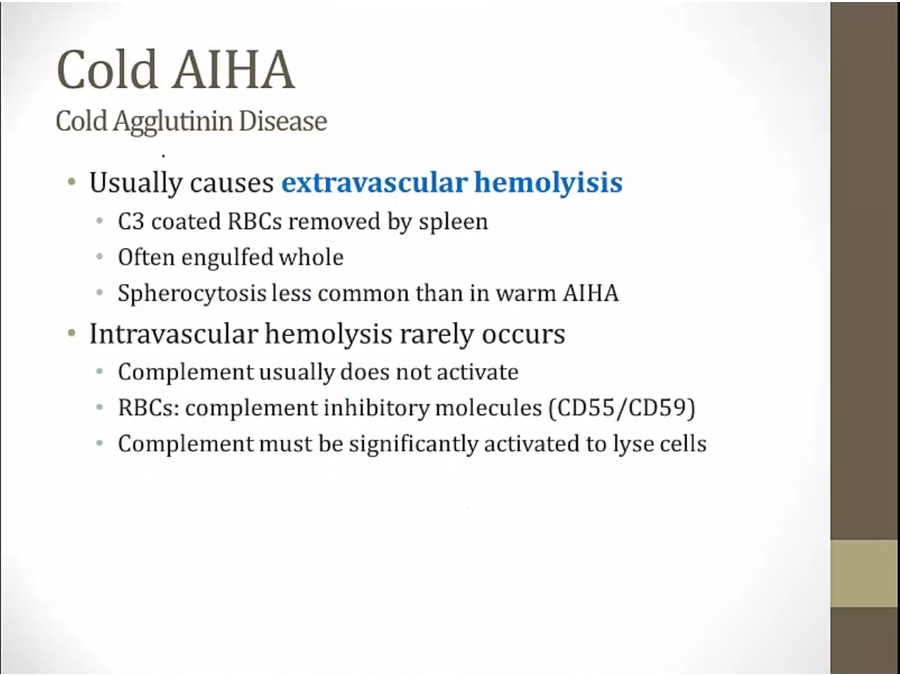
- C3 doesn't get in the way of macrophages like IgG: engulf whole
- intravascular hemolysis result of complement activation
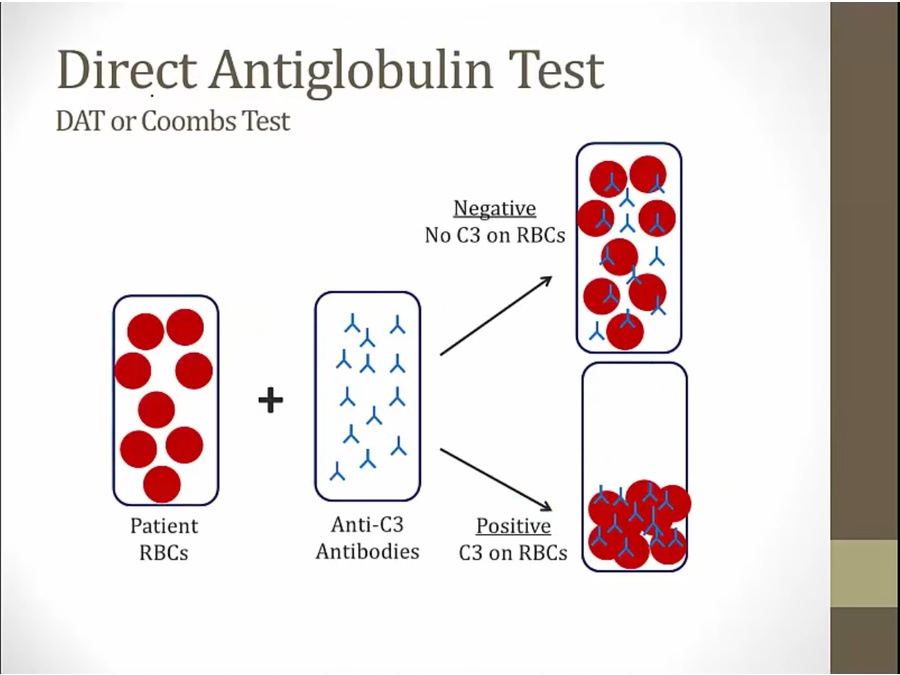
- instead of add IgG, add anti-C3
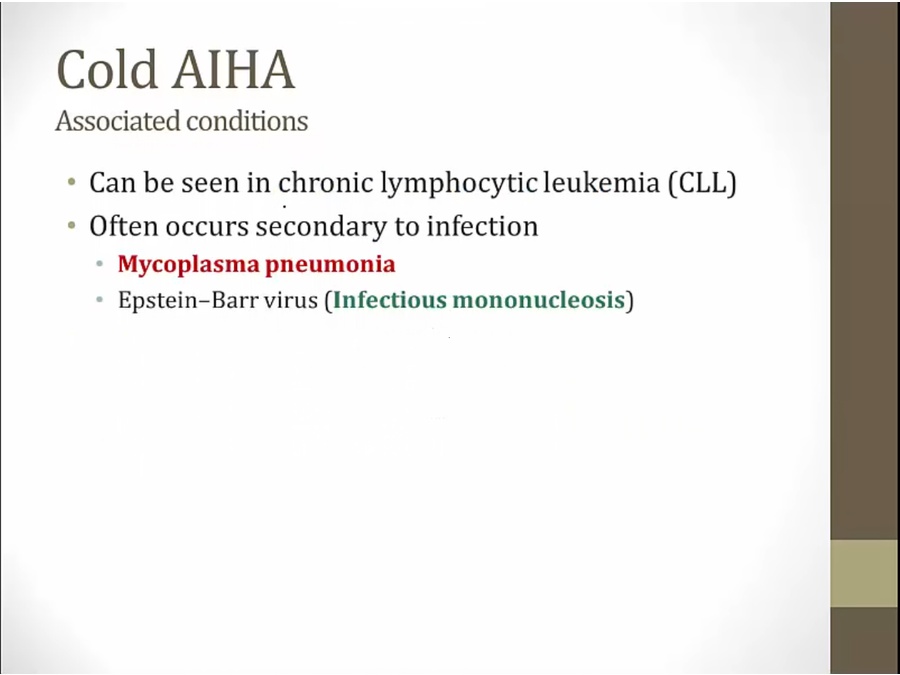
- IgG cold association with syphilis
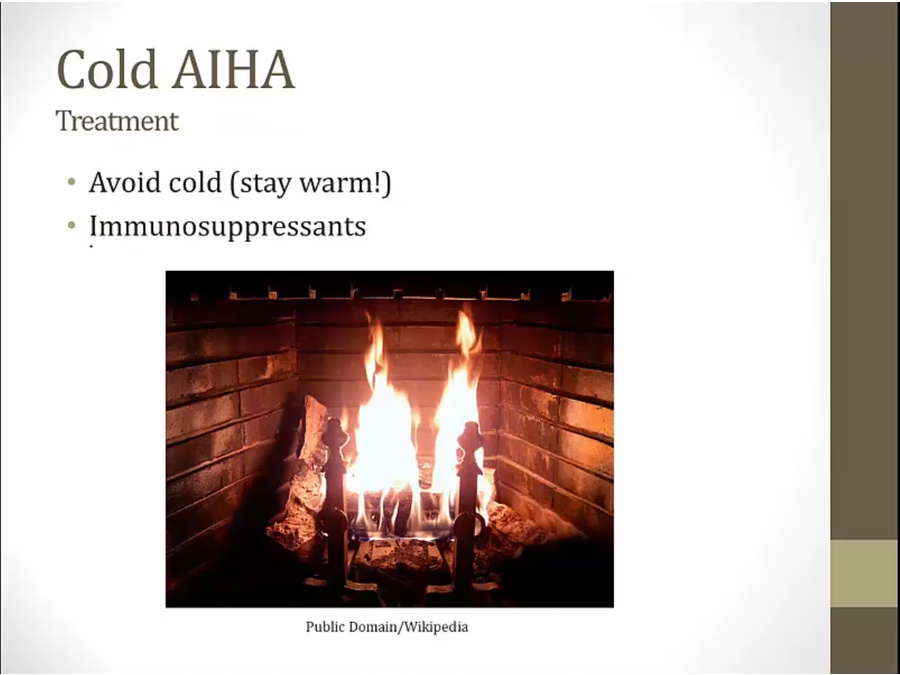
MAHA
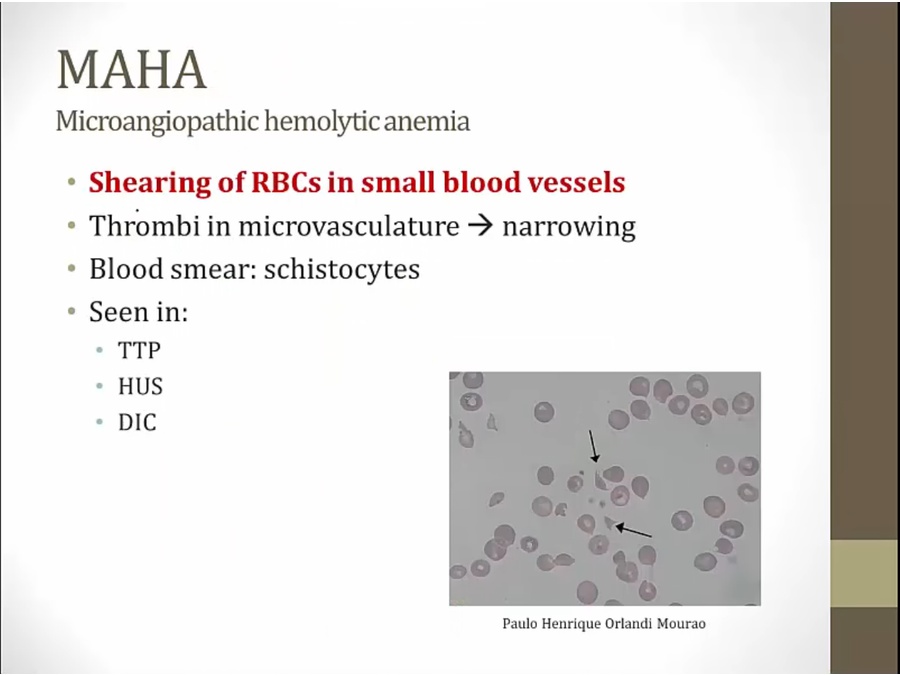
- intravascular hemolysis
- schistocytes: arrow, look like fragments
Mechanical

- very high BP causes endothelial damage
- thrombus shear RBC
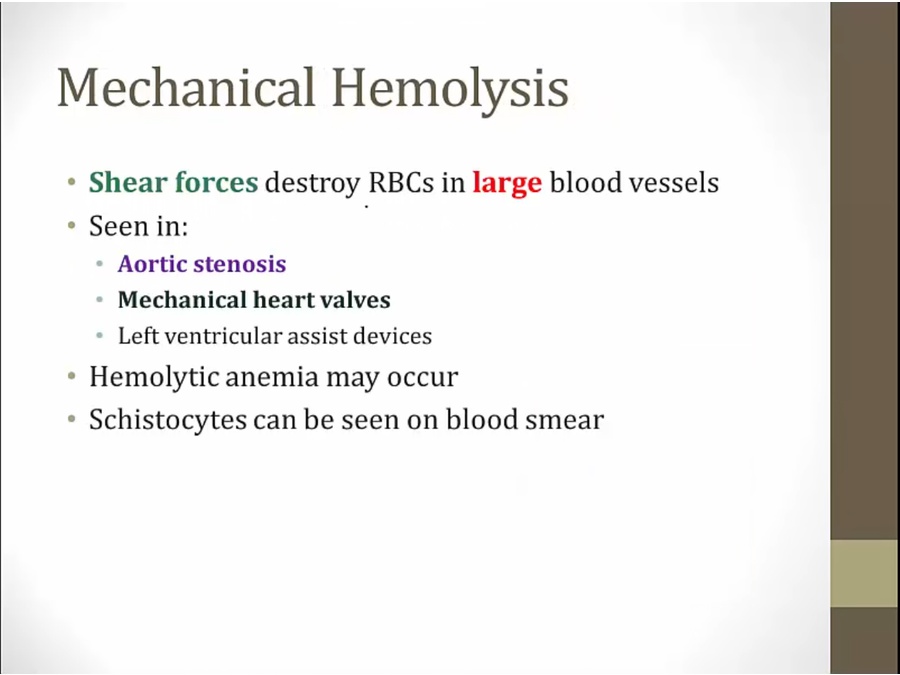
- narrow openings, stiff tissues
Infections
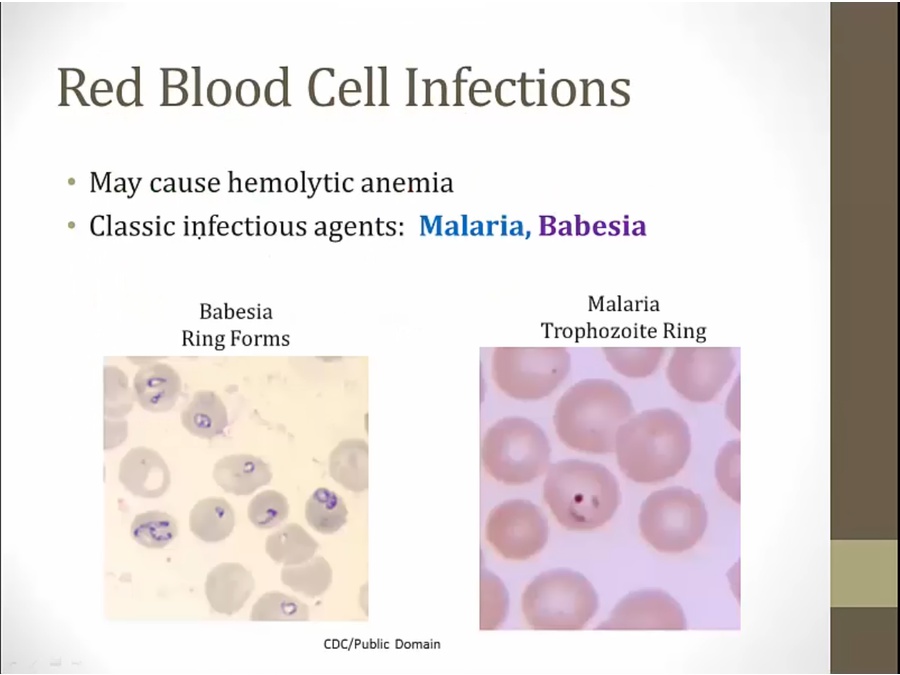
- either intravascular RBC rupture or removal by spleen
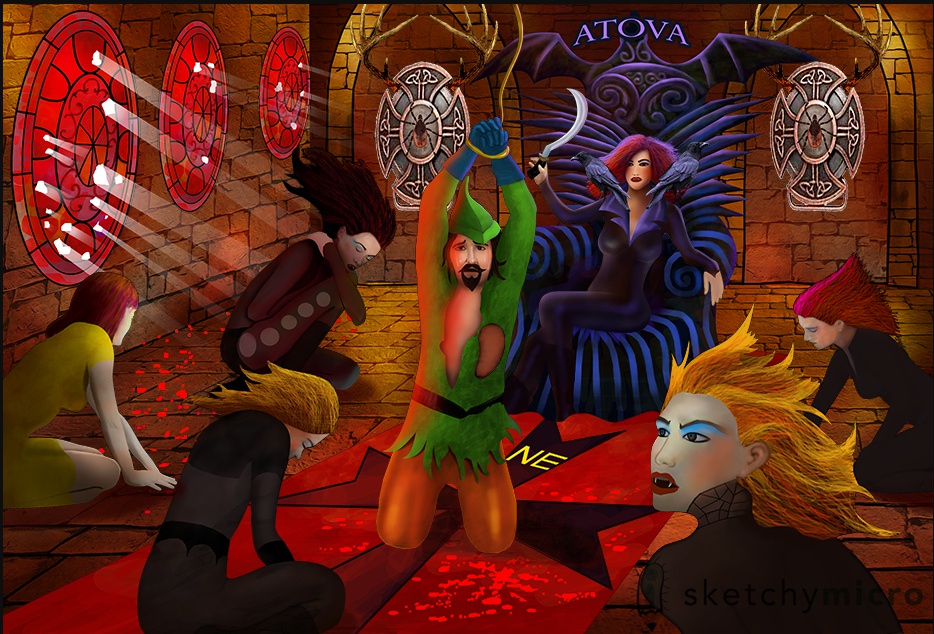
- sickle: Higher risk of severe disease in sickle cell disease
- hole in robin's shirt: Higher risk of severe disease in asplenia
- cracked blood stained windows: Hemolytic anemia
- yellow babe: Jaundice
- Sweating robin: fever
- torn robin shirt: Irregularly cycling fevers
Backlinks


























